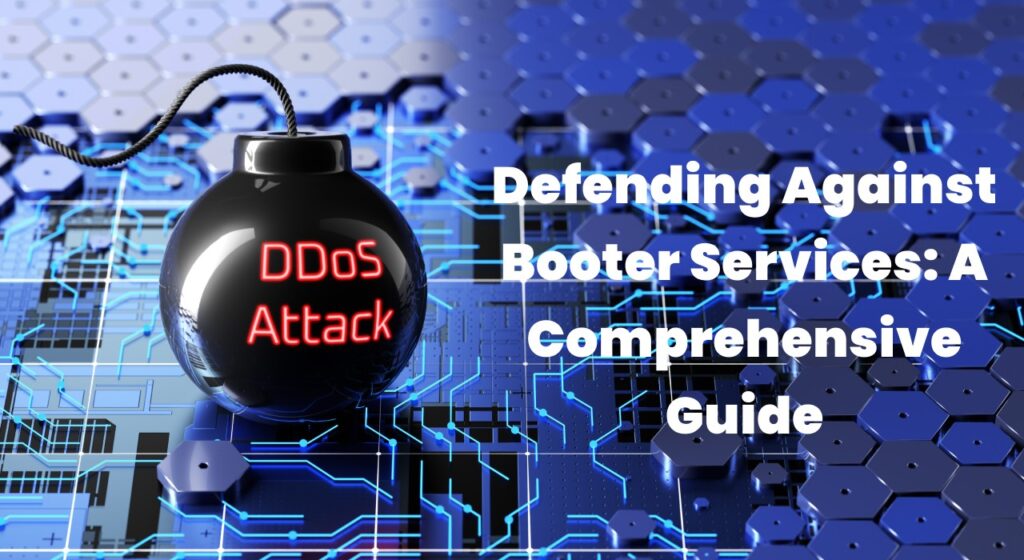IP booter panels comprise servers and networks infected with malware that are then weaponized to carry out DDoS assaults on demand. Customers rent access to these botnets to target gamers, businesses, government resources, and more. Attacks can involve sending floods of UDP traffic, SYN floods, ICMP floods, or other malicious packets to overwhelm systems and bandwidth. DDoS attacks via booter panels range from $10 per day to access basic support to thousands per month for huge attacks via dedicated servers and botnets. Some services even take requests for attacks targeting specific ports, duration, and traffic types.
Threat actors also utilize booter panels for extortion campaigns offering to call off an attack if the target pays a ransom. They are gain an advantage over competitors by disrupting business operations with floods of malicious traffic. The anonymous nature of purchasing DDoS attacks via crypto payments makes perpetrators difficult to track and prosecute.
Spotting signs of an ip booter assault
- Spike in bandwidth utilization
- Sudden slow internet and network speeds
- Service disruptions and connectivity issues
- Unavailability of websites and apps
- Increase in error messages and timeouts
- Difficulty accessing office servers and resources
- Spamming of logs with unusual or spoofed traffic
Checking firewall and server access logs during suspected attacks can reveal suspicious incoming traffic patterns in most cases. When under a DDoS barrage, logs will show traffic coming from arrays of IP addresses sending high volumes of requests.
Investigating traffic origins
how does a IP Booter work? While booter panels make purchasers anonymous, examining traffic origins can provide insight. Tracing IPs back to source networks and checking geolocation data will likely show flows coming from around the world. This wider distribution makes the junk traffic more difficult to block based on geography while bombarding systems from multiple angles. Analyzing the types of attack traffic flooding also help classify the nature of an assault. SYN floods will produce an abnormally high amount of TCP Synchronous requests, for example. While UDP floods are comprised of User Datagram Protocol traffic. Most IP booter panels provide customers with options to purchase TCP SYN floods, UDP fragments, UDP attacks, or other combinations to cripple targets.
Defending against ip booter ddos strikes
Fending off strikes from booter panels requires an informed defense strategy. Protecting critical systems ahead of time is vital due to the overwhelming bandwidth resources attackers leverage.
- Increasing bandwidth – Larger internet pipes allow absorbing and routing around more malicious traffic while maintaining uptime.
- Enabling DDoS mitigation services – CDNs and anti-DDoS providers specialize in filtering junk traffic while allowing legitimate access.
- Setting up firewall blackhole routing – Detecting attack traffic origins and dynamically blocking them protects availability.
- Expanding server capacity – More powerful server resources can process traffic faster and handle larger loads.
- Load balancing – Distributes traffic across an array of servers to avoid overloading any single system.
- Using caching services – Caches minimize requests to servers, allowing maintaining responsiveness under high traffic loads.
- Activating packet filtering – Filters like iptables rules on Linux servers can block malicious packet types.
Cutting off an attack’s influx protects against escalation while also gathering attacker details for potential legal action later. But restored defenses must remain heightened even after an attack passes repeat strikes aimed at already compromised targets are common with booter panels.


